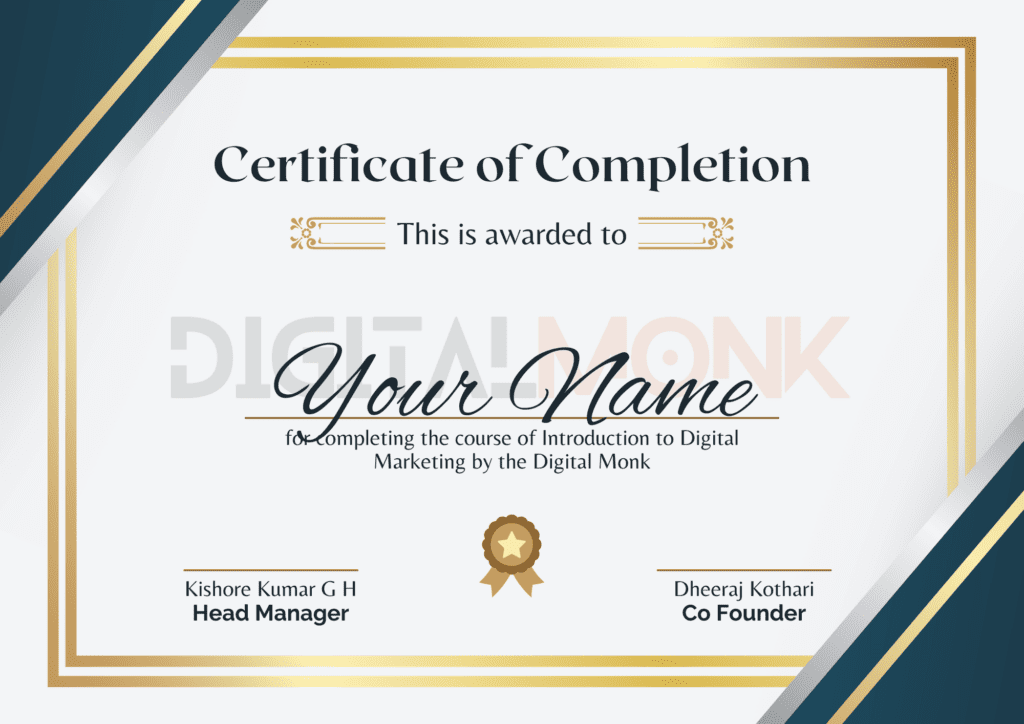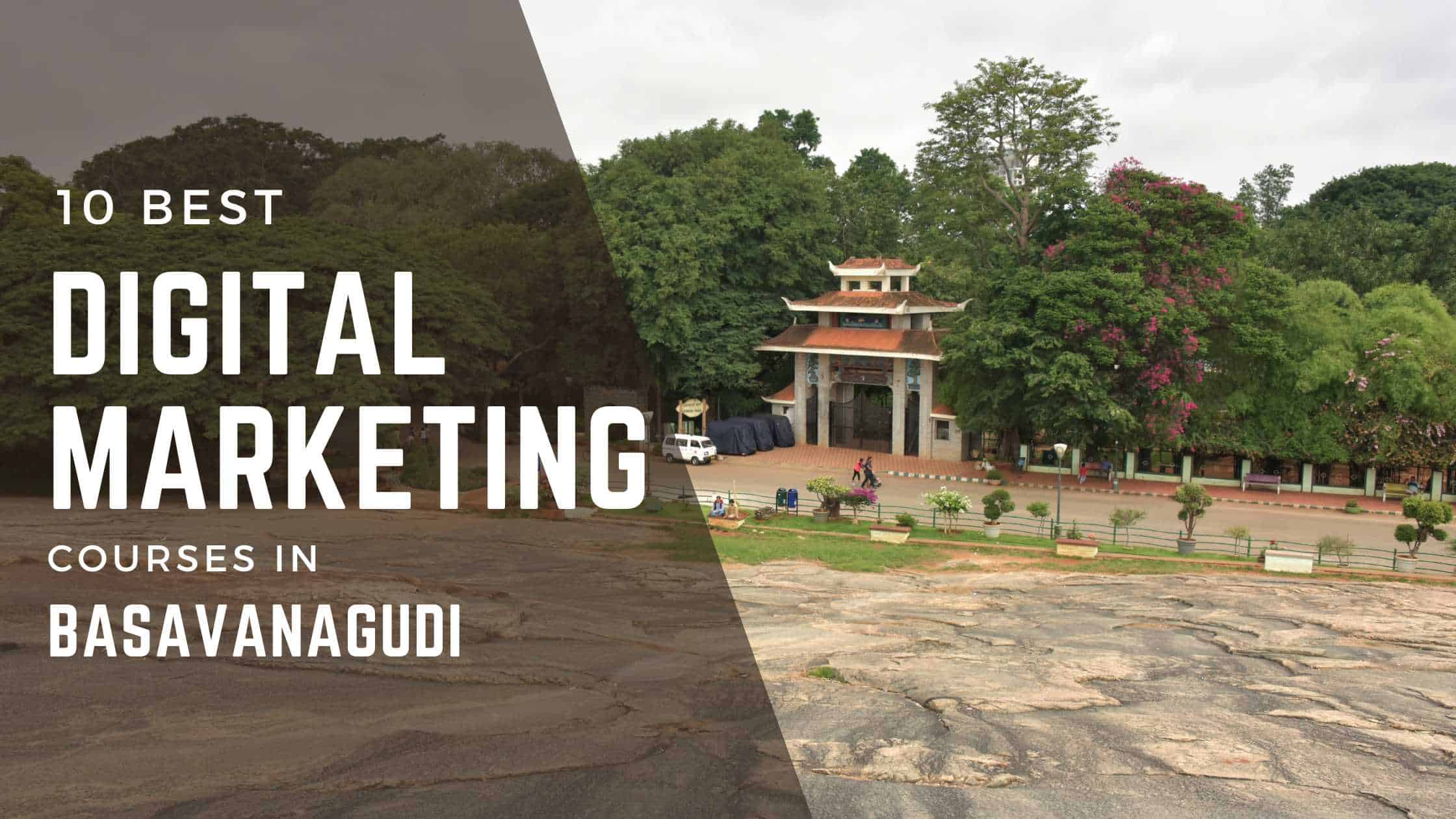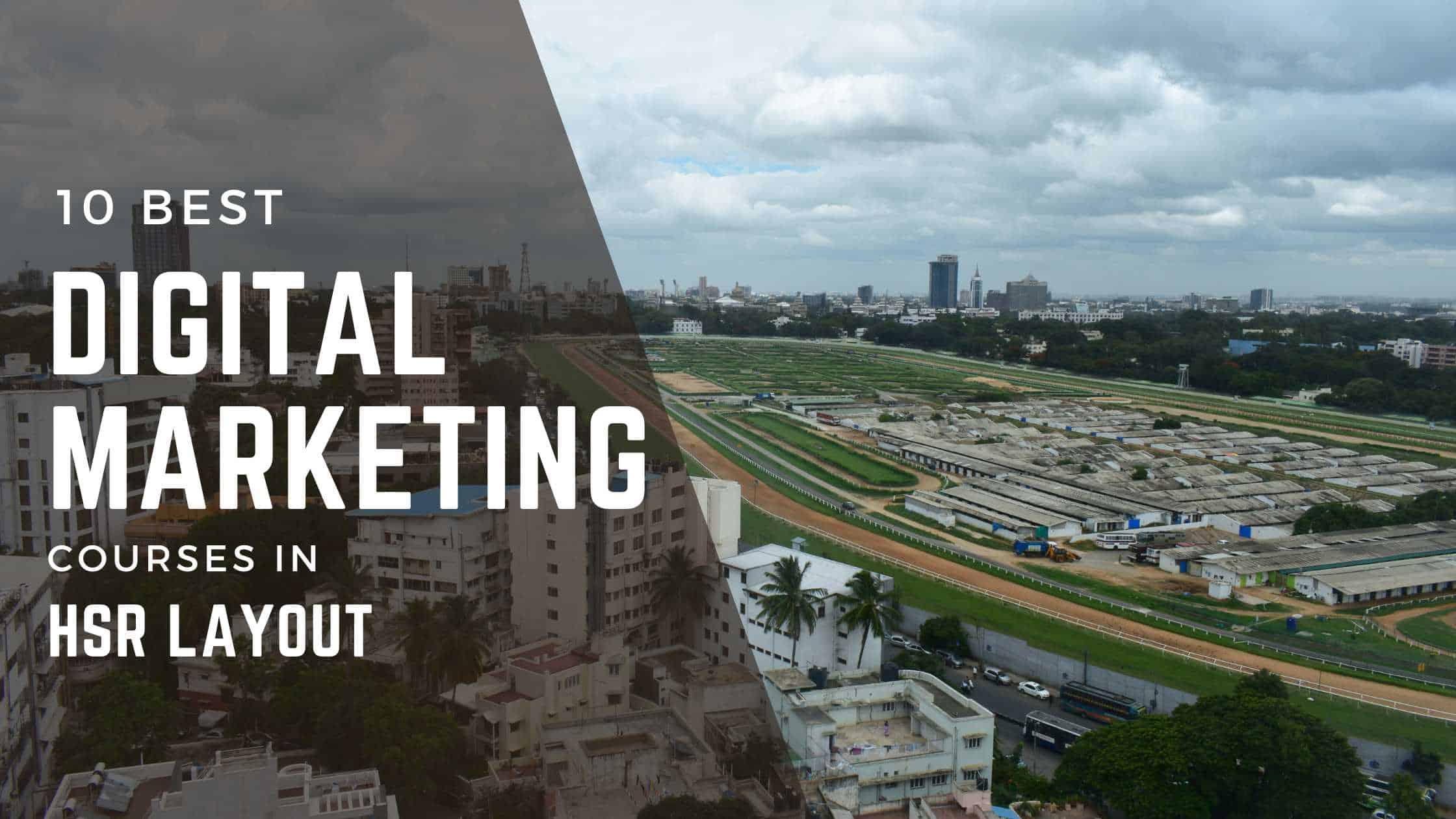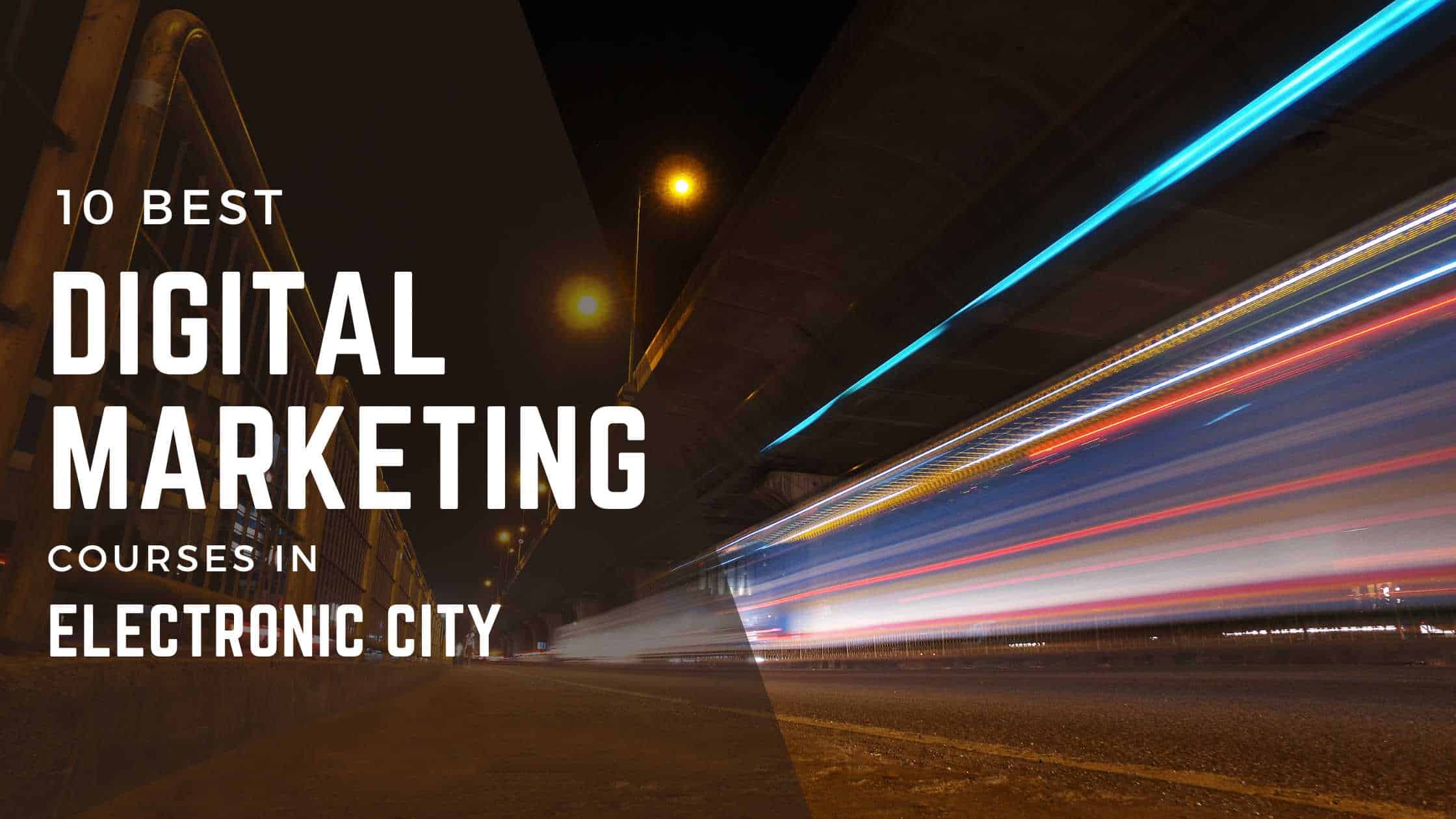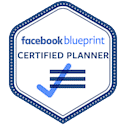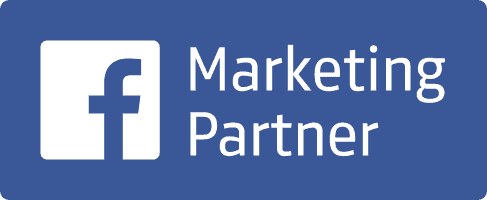Imagine for a moment that you are strolling down an aisle in a local supermarket searching for a new brand of cereal. You come across two options. One offers nothing more than a generic package and a bland product description. The other boasts colorful graphics, an intuitive layout, and memorable branding. Which one would you select?
Of course, the answer here is obvious. Consumers tend to be attracted to products and services which are miles ahead of the rest. Furthermore, they place a great deal of emphasis on functionality during the initial engagement process. These points are often associated with areas such as marketing & branding.
However, website design can make all the difference in the world if you are looking to improve less-than-stellar conversion rates. The only potential problem is that this topic can be slightly daunting to the uninitiated. Let’s, therefore, cut through the smoke and mirrors so that you can begin in the right direction.
Website Design 101: The Notion of Intuition
Did you know that a staggering 90 per cent of all consumers will remain loyal to a brand if its website is designed properly? In other words, first impressions go a long way towards predictable success. Developing an intuitive layout is therefore critical.
In this sense, intuitive web design is defined as a means by which visitors can find exactly what it is that they are looking for without dealing with “fluff” and other distracting elements. To put it another way, the best user experience (UX) can provide a streamlined means to discover, examine and (hopefully) purchase a specific product or service.
It sounds simple, right? Yes and no. Although the concept of intuition is not complicated, there is a major difference between basic comprehension and implementing the right changes when the time is appropriate. Let us, therefore, look at some professional tips and tricks to adopt.
Use Social Proof to Improve the Credibility of Your Website
Before delving into on-site changes, it is wise to touch on a rather straightforward topic. We are all familiar with the power of social media and its ability to attract a specific audience. It, therefore, stands to reason that these channels can be utilised to draw visitors to your website.
Social media marketing represents one of the core tenets of effective website design, and for good reason. Not only can outbound links to social media channels enhance your rankings within a search engine results page (SERP), but they can be used to add social proof to your site.
Social proof is defined as a means by which your business is provided with a greater level of transparency and authority. Three common methods are positive user reviews, expert (sometimes known as a social influencer) endorsements and partnering with well-known organisations such as Google AdWords.
There are numerous ways to add social proof to your existing site. Some useful tips include:
- Embedding the logos of clients who have already used your products or services.
- Providing an in-depth “about us” page.
- Highlighting positive customer feedback.
- Listing any online awards or accolades that your business may have been given.
The main takeaway point here is that online portals which can engender a sense of trust are much more likely to experience higher conversion rates. Still, this is only the beginning.
Visitors Define the Website
The concept of “one size fits all” has no relevance when discussing the intricacies of website design. This arises from the fact that different users will have different impressions about what it is that you have to offer. So, it is, therefore, crucial to get a feel of your audience. The issue is that it can be challenging to define this demographic.
One way to bridge this gap is to create a series of pages and thereafter perform A/B testing. A/B tests are designed to determine which pages are visited the most and which ones might not be overly appealing to the end-user.
Another useful strategy is to ask your existing customers to fill out a survey. By appreciating any areas that may need to be improved, targeted changes can be made with much more clarity. This is a fantastic way to further understand what the most popular products are.
Finally, it is always possible to analyse the strategies of your closest (successful) competitors. You can gain even more clarity and insight; enabling you to modify the design of your website when necessary.
Mind the Attention Span
Believe it or not, studies show that the average individual has an attention span of approximately 8 seconds. It is therefore obvious that visitors who are forced to wade through massive amounts of digital detritus are less likely to engage with what it is that you have to offer. Prioritisation is essential today.
Take a moment to examine the layouts of popular e-commerce platforms such as Shopify and Amazon Prime. Not only do they boast intuitive designs, but visitors can easily find what they are looking for. This type of relevance is crucial if you hope to increase conversion rates.
The same holds when referring to content that involves instructions (such as how to download a white paper). No one wishes to endure lengthy blocks of text to complete what would otherwise represent a simple action. If any type of “how-to” guide is present within the website, keep it short and to the point.
Create Personalised Content
One of the most notable trends associated with digital marketing involves the principle of personalised content. Ironically enough, this topic is rarely discussed when referring to the layout of the website itself. It is nonetheless just as important for a handful of reasons:
- Personalised content will keep the visitor entertained for longer.
- They are more likely to further engage with your company.
- Search engines like Google look favourably upon this type of material, resulting in higher SERP rankings.
As mentioned previously, visitors who feel that you can resonate with their interests are much more likely to examine what is being offered in greater detail. This is also why researching targeted keywords and curating evergreen content are excellent ways to ensure higher conversion rates. However, personalisation alone is not often enough.
All About Readability
The main intention of any website is to immediately grab the attention of the reader. Although personalised content is key, it will serve little purpose if it is nothing more than low-quality drivel. This is when the power of readability comes into play.
It may be wise to hire a professional content curation specialist, as they are likely to know what it is that you are looking for. Furthermore, this is arguably the best way to avoid common spelling, grammatical and syntactical errors. Just remember that you get what you pay for.
Also, readability involves much more than quality text alone. Appearance is king today. After all, who wants to read interminable blocks of text only to glean a handful of key takeaway points?
Most experts recommend breaking up existing material with elements such as images, videos, calls to action, and infographics. However, try to avoid stock photos at all costs. These can often imbue an otherwise appealing website with decidedly generic and “cookie-cutter” qualities.
More Isn’t Necessarily Better
Were not necessarily referring to content in this case. This is just as relevant when discussing visual design with the decision-making process. Studies have shown that workflows (such as the steps involved with making a purchase) simplified by 20 per cent may increase conversion rates by as much as 96 per cent.
Of course, we are again referring to the intuition that needs to occur when contemplating the layout of a website. Clear navigation bars, drop-down menus, help buttons, and pages devoted to frequently asked pages should all be employed. Streamlining the decision-making process is one of the best ways to encourage visitors to take further action.
Mobile-Friendly Website Design
At the time that this article was written, no fewer than 40 per cent of consumers use mobile devices to make online purchases. So, it becomes clear that adopting a mobile-responsive website design is critical. What does this process involve?
There are several factors associated with a smartphone-friendly website. Here are the most relevant:
- Images that can be re-sized to fit smaller screens
- Able to zoom in and out of text
- Click-to-call options
- Embedded graphics and videos
- Fast page load speeds
- A direct link to a mapping service (such as Google Maps)
- A minimal number of popups
Be sure to perform a fair amount of preliminary testing to ensure that all pages display correctly. You could otherwise be losing out on conversions!
Everyone Loves Free Stuff
Attracting visitors to your website is not always enough to guarantee high conversion rates. Let’s remember that competition is rife nowadays. Therefore, potential consumers need to be enticed to take the next step.
One potent way to grab a visitor’s attention is to immediately present one or more lucrative offers. Examples include joining a mailing list, a 14-day free trial subscription and discounts on any first-time purchase. These strategies will help you get ahead of the competition.
A word of caution still needs to be mentioned before moving on. It is wise to present these pop-up offers in a way to stop interfering with the existing content within the website. Notifications that load slowly or that are downright annoying are sure-fire ways to lose the interest of a potential prospect.
Logos and Branding: Leveraging Continuity
Imagine for a moment that you are looking to purchase a brand-name wristwatch. You navigate to a specific website and are immediately impressed by its layout. However, you find this appearance entirely different when navigating to other internal pages. The portal in question lacks any real sense of continuity.
Remember that any website is a direct reflection of the brand itself. Therefore, consistency is vital. Make it a point to use the same colours, fonts and logos across multiple pages (including specific pop-up widgets such as point-of-sale portals).
Ultimately, visual continuity will inspire confidence and foster a sense of transparency. This familiarity can help to encourage visitors to further engage with what it is that you have to offer.
Appeal to Loyal Customers
It is a well-known fact that a relatively small proportion of your visitors will represent the lion’s share of your conversions. So, it is important to cater for the needs of your audience. One common method is to utilise targeted email marketing tactics, yet there are other options.
Treat these individuals as you would expect to be treated. Offer them discounts and early-bird specials. Base product recommendations on their previous buying habits. Create a dedicated login page that displays items that might not yet be available to the general public.
You can also make smaller changes to your website over time following the buying habits of this audience. Not only will this illustrate that you appreciate the latest trends, but it can provide a more personalized touch.
Website Design and Conversion Rates: Birds of a Feather Flock Together
It is now clear to see why the design of a website can have a profound influence on conversion rates. Although each of the recommendations highlighted above can be used as standalone strategies, the chances are high that you will experience better results if they are employed in synergy.
Above all, never be afraid to seek professional assistance on occasion. There is no doubt that a bit of objective advice can make all the difference in the world between digital anonymity and long-term success.
Author bio:
Paula O Gorman is the design and marketing manager at Promotive, a marketing agency that has designed and developed many websites for businesses throughout their region.
